Breaking Beta | Are We Doing the Right Things When Warming Up for Climbing?

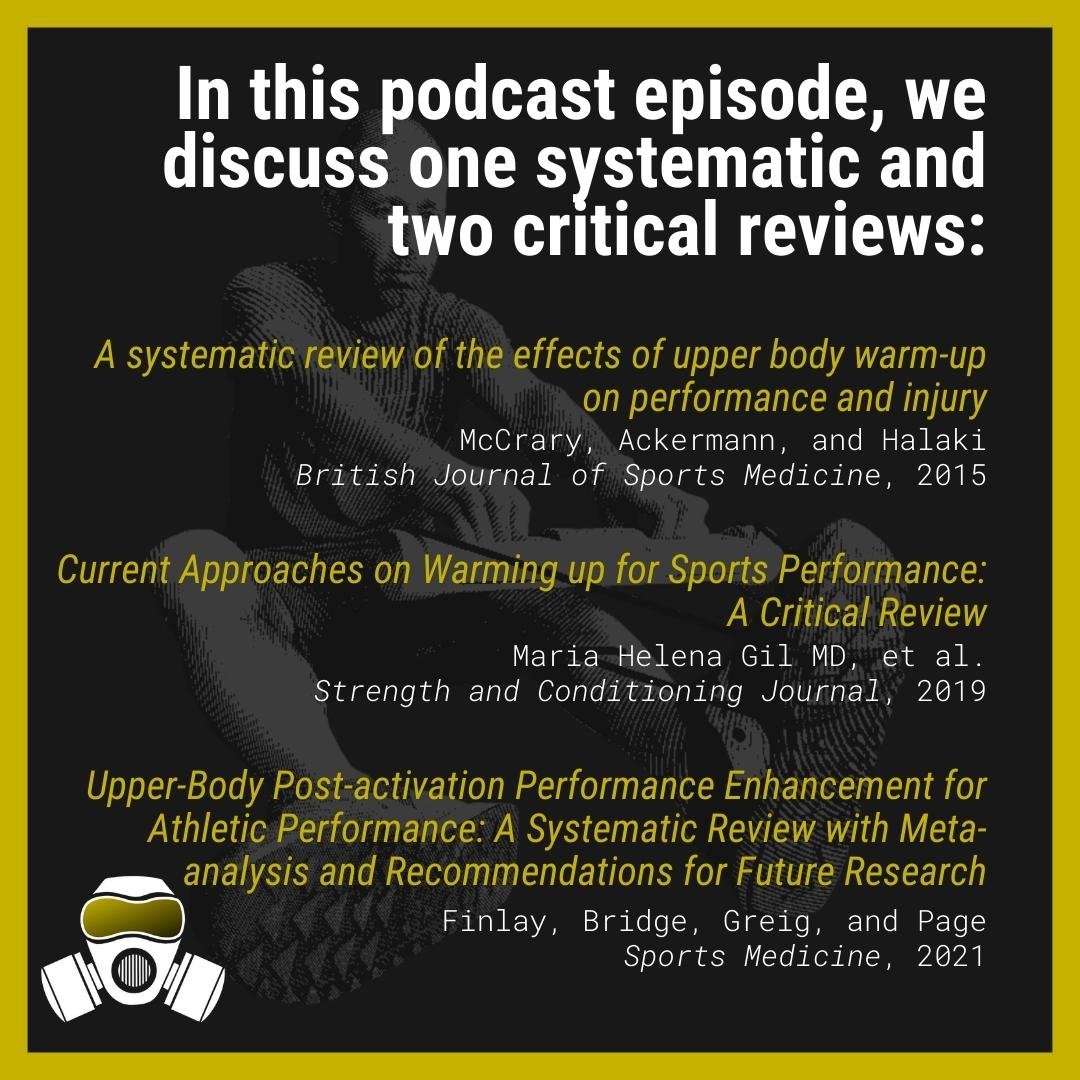
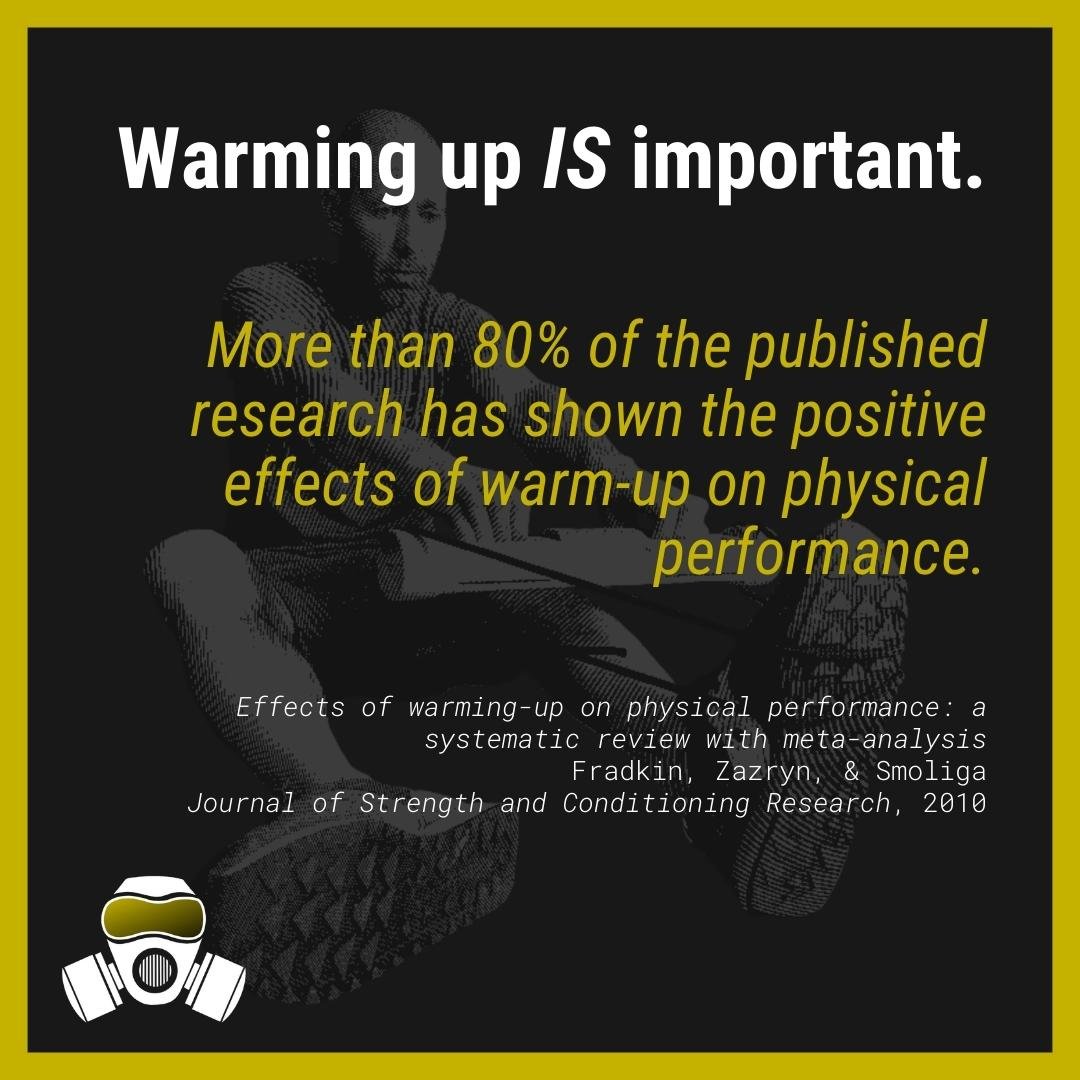


In this episode, Kris and Paul discuss the difference between systematic and critical reviews, while examining what science says about warming up for sport in three reviews:
Current Approaches on Warming up for Sports Performance: A Critical Review
Authored by Maria Helena Gil MD, Henrique P. Neiva PhD, António C. Sousa MD, Mário C. Marques PhD, and Daniel A. Marinho PhD; published in the Strength and Conditioning Journal in August, 2019.
&
A systematic review of the effects of upper body warm-up on performance and injury
Authored by J. Matt McCrary, Bronwen J. Ackermann, and Mark Halaki; published in the British Journal of Sports Medicine in July, 2015.
&
Upper-Body Post-activation Performance Enhancement for Athletic Performance: A Systematic Review with Meta-analysis and Recommendations for Future Research
Authored by Mitchell James Finlay, Craig Alan Bridge, Matt Greig, and Richard Michael Page; published in Sports Medicine in November, 2021.
They’ll discuss the benefits of various warm-up activities like static or dynamic stretching, isometric movement, passive heating or cooling, and movement-specific activity. They’ll consider variables like duration, load, and volume — and the impact that warming up has been shown to have on performance.
*Additional studies/resources mentioned in this episode:
Biomechanical properties of the crimp grip position in rock climbers
Authored by Andreas Schweizer; published in the Journal of Biomechanics in February, 2001.
Effects of warming-up on physical performance: a systematic review with meta-analysis
Authored by Andrea J. Fradkin, Tsharni R. Zazryn, and James M. Smoliga; published in the Journal of Strength and Conditioning Research in January, 2010.
New episodes of Breaking Beta drop on Wednesdays. Make sure you’re subscribed, leave us a review, and share!
And please, tell all of your friends who warm up their fingers on a flash board and think they are ready to try their hardest, that you have the perfect podcast for them.
Got a question? Comments? Want to suggest a paper to be discussed? Get in touch and let us know!
Breaking Beta is brought to you by Power Company Climbing and Crux Conditioning, and is a proud member of the Plug Tone Audio Collective. Find full episode transcripts, citations, and more at our website.
FULL EPISODE TRANSCRIPT:
BBS2E9
Thu, 7/21 3:56PM • 52:37
SUMMARY KEYWORDS
warm, papers, climbing, warmup, systematic review, review, pull, performance, upper body, warm ups, stretching, specific, study, findings, gnarly, static stretching, weighted, activation potentiation, evidence, swing
SPEAKERS
Breaking Bad Audio Clip, Paul Corsaro, Kris Hampton
Kris Hampton 00:00
Season Two of Breaking Beta is brought to you by Gnarly Nutrition. After the episode, use the code BETA15 for 15% off of your next order at gognarly.com or click the link in your show notes to have the code automatically applied. Gnarly Nutrition: Push your possible with science-backed, delicious sports nutrition.
Breaking Bad Audio Clip 00:25
Positive. Negative.
All right, start it up
What's wrong with this thing?
Really pull.
I am!
No really pull, not like a girl.
You know what? Pull this! I am pulling! It just needs to warm up a little.
<<explosion>>
Oh jeez!
Kris Hampton 00:55
You might have to pull harder than you think to get it warmed up, Paul. Today we are looking at three different reviews. We started with two and I ended up pulling a third right before we got started here. So we're looking at two main reviews. One is a critical review. One is a systematic review. And both of these are looking at what science says about warming up for sport. First, we have the "Current Approaches on Warming up for Sports Performance: A Critical Review" by Maria Gil et al. Essentially, it's a group of MDs and PhDs. It was in the National Strength and Conditioning Association Journal in 2019. And purpose was, "In this brief review, we critically analyze the emerging methods and strategies of warm up that had been investigated and used before competitive events"
Paul Corsaro 01:50
And I think that's a good distinction for "before competitive events", because, you know, sometimes you like to warm up for training or, you know, in our case, either a competition climbing, or, you know, just going out and trying to send your project. I think, you know, there's outcomes that we're trying to have happen for both of those cases that maybe we aren't necessarily chasing when we're training.
Kris Hampton 02:09
Totally, totally. Going and trying to send your project is also a performance session just like a competition. So, you know, I definitely draw an analogue between between those two things. And next, because most warmup papers deal specifically with lower body readiness, we're looking at "A systematic review of the effects of upper body warm-up on performance and injury". Authors are McCrary, Ackerman and Halaki from the British Journal of Sports Medicine in 2015. "This systematic review was conducted to identify the impact of upper body warm up on performance and injury prevention outcomes." And I think this is an interesting idea, because we very often hear, you know, "Warm up does this but not this "or "It does this and not this" and injury is very often thrown in there as either people believe warmup 100% needs to happen to reduce injury, or people are very against you can't reduce injury with warmup so be interesting to see what they have to say.
Paul Corsaro 03:14
Yeah, I'm psyched.
Kris Hampton 03:16
Alright, we got a lot to cover, so let's jump into this thing.
Breaking Bad Audio Clip 03:20
You clearly don't know who you're talking to, so let me clue in
Paul Corsaro 03:24
I'm Paul Corsaro
Kris Hampton 03:26
I'm Kris Hampton.
03:27
Lucky two guys, but just two guys, okay?
Paul Corsaro 03:31
And you're listening to Breaking Beta,
Kris Hampton 03:34
Where we explore and explain the science of climbing
Breaking Bad Audio Clip 03:37
With our skills, you'll earn more you ever would on your own.
Breaking Bad Audio Clip 03:42
We've got work to do. Are you ready?
Paul Corsaro 03:46
I forgot to warm up, but I guess I'm ready. You?
Kris Hampton 03:48
Haha. I am all warmed up. Ready to go. First, I think it's really important to say here why we aren't looking specifically at climbing papers. We spend a lot of the season looking at climbing specific things and there just really isn't much of anything when it comes to warming up for climbing. There's lots of suggestions and recommendations and how they warmed up for these tests within the papers, but there's nothing saying, "This warming up helps you perform better." A recent Nugget podcast with Jared Vagy discussed the you know 100 moves or 50 cyclic moves, 50 on each side, to warm up your pulleys and that advice comes from a paper from Schweizer in 2001 that's looking at the biomechanical properties of the full crimp grip. So that paper was very specifically for warming up the pulleys to prepare for the full crimp. You know, he mentioned in that episode if we want, we should be looking to research to guide us for warming up. But that's really it. That's the whole of it right there. So I'm not sure we should be looking to climbing specific research to warm up for climbing when that's all we have.
Paul Corsaro 05:10
Nah, because we have so much more for all this other all these other sports or all these other activities. Like there's got to be some base principles we can pull out from, from this information, and at least have a good idea, good directed idea of where to take things.
Kris Hampton 05:24
Yeah, totally. There's so much more to warm up for than just the full crimp grip. In fact, I don't, you know, I've warmed up for the full crimp grip, like twice in my entire climbing career, so.
Paul Corsaro 05:33
Haha
Kris Hampton 05:35
So we look at other sports, and there's a lot of research on warming up in other sports in general. So you and I are both going to look at some reviews. There's quite a few of them out there. We should start by mentioning that not all reviews are the same. So can you kind of tell us a difference here, Paul, between a systematic review and a critical review?
Paul Corsaro 06:01
Yeah. So this first paper we're doing is the Gil et al paper, is a critical review, which is pretty much just a literature review of a good deal of papers on a certain topic. So there's going to be a little less stringent process in how they set up the paper and how they find the how they find the papers even. A lot of the critical review, they're just pulling papers on the topic. And when you look at a systematic review, they're much more particular about the keywords they use. There's an inclusion/exclusion criteria process where they start with this big base of papers and whittle it down to the papers they're actually going to use. And because they do that in the systematic review, so when I say the systematic review, I'm referring to the McCrary Ackerman and Halaki paper for the systematic review. Because they do that, they can actually pool the individuals for every study. So you can actually get statistically a larger sample size, which may lead to the ability to have more quantifiable numbers attached to some of these things, for better or for worse.
Kris Hampton 07:04
Right.
Paul Corsaro 07:04
So I think those are the two big distinctions between a critical review and then a systematic review. I get that pretty good. Anything else you want to add?
Kris Hampton 07:12
No, I think that's it. And if we want to, like create a hierarchy of stringency, maybe it goes like critical....or maybe it goes systematic review, then critical review, then the Breaking Beta podcast. Haha.
Paul Corsaro 07:27
Yeah, I'll allow it. Haha.
Kris Hampton 07:28
Haha. All right. You want to kind of talk us through a little bit of how they, you know, what they included, and what how they determined what they were including in these papers?
Paul Corsaro 07:42
Sure. So for the critical review paper, they were looking at two different types of category two different categories for a warm up, either passive or active warm ups. So you know, for the passive warm up, that involves pretty much just manipulating the body temperature or trying to maintain the body temperature. So that's going to lead to certain physiological changes or keeping certain physiological statuses that can relate to performance. And then the active warmup could be exercise, stretching, cardiovascular work, so on and so forth. So they just sort of, so for the Gil et al paper, they looked at a couple topics. So they looked at stretching, they looked at post activation potentiation. Foam rolling was in there as well.
Kris Hampton 08:26
Yeah, yeah.
Paul Corsaro 08:27
Yep. So I know we talked a bit about stretching in a previous episode on Season One, so I'm sure we're probably just gonna gloss over that a little bit in this one. So if you want to hear us wax poetic about stretching, you can look at our episode from the first season. But so
Kris Hampton 08:42
Yeah, I'll give you the basic findings later on of what they found in the stretching. But definitely, if you want to know more about it, if you're you're heated about it, like, "Stretching is not included in a warm up!", then by all means, go listen to that episode.
Paul Corsaro 08:58
So basically, for this critical review, they found a good amount of papers on both post activation potentiation, dynamic stretching, static stretching, and then the use of external heating garments and looked at how that applied to performance measures and a little bit as to for injury reduction as well. But a big one for the Gil et al paper where they were looking at how this affected performance. So they combined all this research and gave us a brief breakdown of the findings from all from a good amount of the papers related to these topics.
Kris Hampton 09:33
Yep
Paul Corsaro 09:34
And then for the systematic review paper, which was the McCrary, Ackerman and Halaki paper, that was the one that was a bit more stringent in how they found the papers. So they search for papers that contain the terms warm up, upper extremity, upper limb, back, trunk, neck, spine, shoulder, elbow, arm, wrist, hand and forearm. So all those latter ones after the warm up were combined with "warm up" in the search term. So that's how you get, that's how you get that first pool of papers in a database. Some of the databases they searched were Web of Science which covers papers from 1980 to present, Medline 1946 to present, SPORTDiscus 1985 onward, PsycInfo 1806 onward. That's wild to me, haha
Kris Hampton 10:23
Wow. 1806. How were they warming up in 1806?
Paul Corsaro 10:29
Running away from the wolf that was chasing them. And then Cochran from 1966 to present, so a big database of papers. Um, they ended up finding at first, 1,437 papers. They removed the duplicates, then they screened the records, then they excluded certain records and then when they finally found the full text articles that they could look at, and see if they were eligible for review, they found 56 papers. They had to exclude 25 more, so they ended up with 31 total papers.
Kris Hampton 11:03
Wow, that is, that's worth just looking at for a second. If they originally got a search result of 1,040 some papers, and through these stringent methods, they narrow it down to essentially 25 papers. Yeah, so that's, that's a lot of work before, before you've typed a single word.
Paul Corsaro 11:26
Yep. And by doing that, you know, these papers are really gonna pertain to the topic you're trying to get information on. Another a couple things I thought they did was cool in this systematic review is they graded each of the papers according to the PEDro scale. So I'm gonna pull up PEDro scale here for.... just to explain what it is. So it is a process you can use to rank papers based on how high the quality of the paper is. So you're looking at qualities where 1.) the eligibility criteria is specified, 2.) subjects were randomly allocated to groups, 3.) allocation was concealed, so was their blinding, 4.) the groups are similar at baseline regarding the most important issues. So obviously, if you start with two groups that are wildly different from the starting point, it's going to be tough to tell if any meaningful change happened with the intervention. There's blinding them all subjects, there's blinding of all therapists who administered the therapy, or investigators, so on and so forth. There's the blinding of other measure of other measure.....measurers. And the measures of at least one key outcome were obtained from more than 85% of the subjects, so pretty much there wasn't a huge dropout rate in the study. All subjects for whom outcome measures were available received the treatment or control condition, so there was no just odd ways of administering these intervention groups. The results of the between groups, statistical comparisons are reported and then the study provides both point measures and measures of variability for at least one key outcome. So these are 11 qualities. They removed the first quality, because that's more related to validity of this of the measurement, not exactly the quality, the quality of the construction, excuse me, the quality of the construction of the study. So from 2 to 11, there are 10 points. And if they did, each one of these points, they got a point. So they classified these studies as "excellent" if they had 9 to 10 of those points, "good" for 6 to 8 of those points, "fair" for 4 to 5 of those points, and "poor" if there are less than four of those points involved in the study. So by looking at that scale, we can kind of see what papers can we really take meaningful information from.
Kris Hampton 13:44
Yeah, that's really cool. It's nice to know, when you're looking at these reviews, you know, it's nice to know that some of them aren't as stringent by design as others. And you have to determine which type of review it is you want to look for when you are, you know, trying to find out what the research says.
Paul Corsaro 14:08
Yep. And one other thing, this systematic review did, and again, this is all just shows how much more stringent and how much more goes into this systematic review. Not that critical reviews aren't important. We think they're very important, that's why we're talking about one of them, but they're just different and we got to know why. So as they looked at these 31 papers, and looked at the topics, they ranked the strength of the evidence for each of these topics. So if they rank something "level one", that means there's strong research based evidence, there's a lot of evidence out there. They're ranked something is "level two", there's moderate research based evidence. There's at least one high quality randomized controlled trial and one or more low quality and those low quality trials are pretty consistent in their findings. "Level three" is there's limited evidence, there's one RCT and maybe there's some contradicting evidence in all these papers about that topic. And then "level four" is there's no research based evidence, no randomized controlled trial. So these recommendations are these facts or points that they're making, they back it up with the level or strength of the evidence, which is also a useful tool to evaluate all these.
Kris Hampton 15:16
Yeah, absolutely. That's very cool. The the third paper that I pulled just before we recorded is also a systematic review with a meta analysis and recommendations for future research. It's very similar stringency as this review that you're talking about. And this one was specifically... it's titled "Upper body post activation performance enhancement for athletic performance." So very specifically, also looking at the upper body and more at post activation potentiation. That one's from Finley et al in the Journal of Sports Medicine 2021. So I'll also just give you the results of that, since you essentially already explained what what that sort of review looks like.
Paul Corsaro 16:08
Cool. Yeah, so they pretty much went through the same process, because that's the systematic review process. So
Kris Hampton 16:13
Yeah exactly. All right. Let's take a commercial break, and we'll come back and discuss some of the findings in all three of these reviews.
Paul Corsaro 16:22
Let's do it
Breaking Bad Audio Clip 16:23
Please. Alright, I really need a break here, okay.
Kris Hampton 16:28
Like many of us who are focused on performance, I'm a creature of habit. I spent the first 45 years of my life always choosing chocolate over vanilla every single time. Well, not anymore. Gnarly Vanilla Whey changed all that. Whether it's sprinkled over my breakfast cereal, or blended with fruit, Gnarly Creatine and Gnarly Collagen for a pre session snack, vanilla has taken over as the flavor of choice. Responsibly sourced, nothing artificial and also available in a vegan version, Gnarly Protein comes in a steel can that's infinitely recyclable, the nutrition science is good, and they care about the environment. Now, don't get me wrong, I still keep a can of chocolate protein in the cabinet because mixing chocolate and vanilla together is the best recovery protein drink around. You just have to try it for yourself. Use code BETA15, that's B E T A one five, for 15% off your next order at gognarly.com or click the link in the show notes to have the code automatically applied.
Breaking Bad Audio Clip 17:35
Back to work for Christ's sake okay.
Kris Hampton 17:37
Okay, we are back. And one thing I want to say before we start looking at these reviews is that anytime we're looking in other sports, there's a lot more research on the lower body than there is on the upper body. And so even when you do move into looking at the upper body, it's almost always push related, as opposed to pull related. That surprised me when I first looked into it years ago trying to you know, find articles about power development and the upper body particularly pull power, and there's almost nothing. It's it's very hard to find. So I do want to mention that as a reason why we would go looking for other sports and why it's so hard to find evidence.
Paul Corsaro 18:33
Yeah it's, I wonder if maybe just the complexity of measuring that as opposed to pushing or just
Kris Hampton 18:39
It could be and I think, you know, most sports, if we look at them, whether they're throwing or football or you know, almost all of the other major sports involve more pushing than they do pulling.
Paul Corsaro 18:53
Yeah
Kris Hampton 18:54
Climbing is kind of an anomaly there. I when I went to when I had Dan John on the Power Company Podcast, and I went to his gym and trained with those guys that morning, there was a group of throwers, I think shot putters. They were all giant humans and they were doing a pushing workout that day. And we started talking about pressing versus pulling and then we had a little like, "pull off" and I could pull a much larger percentage over my body weight then they could, drastically
Paul Corsaro 19:35
What did y'all do for the "pull off"?
Kris Hampton 19:37
Just weighted pull ups
Paul Corsaro 19:38
Oh. Word.
Kris Hampton 19:38
And you know, a couple of bodyweight pull ups were hard for them. And you know, I could do... I was doing almost 200% bodyweight, so.
Paul Corsaro 19:47
Yeah
Kris Hampton 19:48
They were they were all blown away at the difference, but it's definitely a sport specific thing.
Paul Corsaro 19:53
Right, you know, specific adaptations to impose demands, right?
Kris Hampton 19:56
Yep. All right. Let's loo k at the findings from "Current Approaches on Warming Up For Sports Performance: A Critical Review." I've just got bullet lists here of things we found and you know, when there's something we should probably discuss further, feel free to stop me.
Paul Corsaro 20:15
Cool. Yeah, I've got certain things highlighted, but I'm sure when you go through your list that'll bring up the highlighted stuff.
Kris Hampton 20:20
Okay. So they say that more than.... number one, more than 80% of published research shows positive effects of warming up on physical performance. I think that's a, that's a good thing. I hope there aren't a ton of people out there still saying you don't ever need to warm up. They immediately talk about stretching. And it's sort of the same thing we saw in our episode, static stretching less than 10 seconds per repetition, less than 30 seconds per target muscle at a tolerable intensity, something like that. Dynamic stretching, 30 seconds per repetition, seven minutes total duration. And this doesn't compromise either ballistic or long effort performance, which I think is important. So dynamic stretching seems to be more valuable. Static stretching still can.
Paul Corsaro 21:13
And you know, when we build in our warm up processes, I feel like the dynamic dynamic stretching just checks a little bit more boxes too. There's a little bit more multi-joint coordination. We're moving things a little quicker. We're moving with a little more intention. So that kind of helps balance some of that as well.
Kris Hampton 21:31
Yeah, if I'm adding static stretching into a warm up, it's almost always to get into a specific position or if they have some specific mobility deficit that we're actively trying to work on at that time. They mentioned post activation potentiation here as the literature saying take a maximum stimulus that lasts less than 30 seconds, rest one to 10 minutes and then an explosive exercise after. So say, for the folks who aren't familiar with post activation potentiation, essentially, that saying, a maximal effort work, followed by a rest, followed by some dynamic thing will improve the performance of the dynamic thing.
Paul Corsaro 22:22
Yeah, and one of the hypothesis for how this happens is when the muscle contracts, we create bridges between these different components of the muscles called actin and myosin. And the more and faster we can create these bridges, it means we can create faster contractions and increase our rate of force development.
Kris Hampton 22:39
Yeah, so so they're saying it, you know, it's a good idea as a warm up before an explosive exercise.
Paul Corsaro 22:46
A couple.... one interesting study, I want to pull out of this section that I thought just you know, made sense, but it was a cool little example of why we need to keep things pretty specific is they did a squat exercise, three reps at about 87% of the one RM for swimmers, but it didn't improve swimming performance. So that does suggest that maybe when we think about exercise selections for this potentiation, it needs to be "specific" quote, unquote, in some way to what we want to improve our performance in.
Kris Hampton 23:17
Right. Yeah. Good call for sure. Probably a similar thing for a lot of climbers. The squat isn't going to see much.
Paul Corsaro 23:26
Yeah, one other thing too, is the rest in between the.... in between the application of that activation stimulus to the performance. It's going to change depending on the individual, the activity, but you got to kind of be aware of that and make sure you're not doing things too close together, where you're still going to be fatigued from the post activation potentiation or too far away, because this change is transient, and it will fade in time. So with experimentation, with a little bit more research on your end, just make sure you're resting the appropriate amount of time to really have the effect that this intervention causes.
Kris Hampton 24:04
Yeah, whether you're a coach or athlete, I think that's something you have to play with for each individual that you're working with. They also, in this study, go into external heating garments and I actually think this is kind of interesting. They mentioned that warm clothing does help to you know, sort of maintain a warm up but they also say if it's going to be more than 20 minutes of waiting, you might want a heated garment and they give some suggestions in here for temperature of the heated garment. But I'm not sure how much we've we've looked into in climbing heated garments or keeping really warm between attempts when it's really cold outside. Lots of climbers love it cold
Paul Corsaro 24:49
Black Diamond needs to release a full heated body suit on April Fool's next year.
Kris Hampton 24:54
Hahaha. Yeah, that would be fantastic. Lana, when we go outside bouldering, does carry a little hot thing that she keeps in her pockets to keep her hands warm. I use mittens to keep my hands warm in the winter. It keeps me warmer than gloves, but I've also found that it also causes me to sweat a little more. So if it's fingers that you're trying to keep warm, I think that's another thing to keep in mind is we don't want to increase the amount of sweat that we're getting.
Paul Corsaro 25:24
Another way I went when I was reading this, I immediately thought about competitions in iso. You know where you're sitting for who knows how long and maybe this is stuff people don't think about a whole lot like "Hey, my iso could be anywhere from 20 minutes to I might be sitting in there for who knows how long."
Kris Hampton 25:40
A whole day sometimes
Paul Corsaro 25:41
Maybe investing in, investing in ways to keep the body warm. You could walk out there feeling........ less cold, but walk out there feeling ready to roll
Kris Hampton 25:52
Hahahaha
Paul Corsaro 25:53
I was like was I gonna yeah. Hahaha
Kris Hampton 25:56
You could walk out there feeling less cold.
Breaking Bad Audio Clip 25:59
Science and stuff makes it do that.
Kris Hampton 26:03
Yeah, I think especially for like shoulders, elbows, you know, hips, knees. I think those things take a beating. And we we focus a lot on warming our fingers up, but we hear of a lot of climbers getting their shoulders, elbows, knees and hips injured. So especially for competition climbers, I think it'd be smart to start considering some of that stuff.
Paul Corsaro 26:25
Yeah, that was that was a cool little section in this paper to read.
Kris Hampton 26:28
Yeah. Moving on to the "Systematic review of the effects of upper body warm up on performance and injury." There's a strong evidence that high load dynamic upper body warm ups enhance both strength and power outcomes. And they mentioned in this section that task-specific warm ups were effective in baseball studies, but they needed more evidence to say that those task-specific warm ups help in other domains. I certainly, you know, this is me spouting off my my fictions here, but I certainly believe that task-specific warm ups help in climbing.
Paul Corsaro 27:08
Yeah. Yeah, like, you know, climbing easy things might be helpful.
Kris Hampton 27:13
Hahaha
Paul Corsaro 27:13
Who knows? Hahaha
Kris Hampton 27:15
Yes, I do believe so. I think it's interesting there that, that they say that high load dynamic upper body warm ups enhance both strength and power outcomes. I think that's something we could keep in mind as climbers.
Paul Corsaro 27:28
And I think that kind of goes hand in hand with what we just talked about post activation potentiation. That is an example of a high load dynamic warmup. So one thing I thought that was interesting about... later on in this section, maybe a high load dynamic warmup would not include climbing easy things with a weight vest. Because there's an example where they use a weighted bat....yu know, we've heard these arguments before about climbing with the weight vest and how it's probably not a great idea. This is another example of that, where it throws off the mechanics of the movement, and they use the weighted bat for a swing. It threw off the mechanics of the movement for the swing. They also found that the participants perceived their bat speed to be faster. So you may be feeling snappy,
Kris Hampton 28:09
Right
Paul Corsaro 28:09
But there's good chance it's probably not happening.
Kris Hampton 28:12
Right. Totally. Yeah, that's, that's one of the reasons. You know, there have been that I think that those findings have been repeated over and over a bunch of times. And that's one of the studies that I referenced back to a lot when people come to me and say, "Should I be climbing with a weight vest on?" You know, maybe maybe there are better ways to overload your your climbing movements than by just doing a bunch of random boulder problems.
Kris Hampton 28:39
They say upper body static stretching of a duration less than or equal to 60 seconds had no impact on power outcomes. We talked about a similar thing in our stretching episode last season. But it is good to see it on specifically upper body static stretching here. They mentioned that longer duration, greater than 90 seconds, static stretching can also be conducted without performance decrement, but more data is needed to validate this finding. So I think what I take from that is if you feel like you need more in order to get into a position or for whatever performance reason you you feel like you need that longer bit of stretching, it may not be a bad idea.
Paul Corsaro 28:39
Yeah.
Paul Corsaro 29:26
Yeah. So it's not a blanket statement that "Oh, you can never stretch more than 90 seconds". Context and situation is always going to play a factor.
Kris Hampton 29:36
Yeah, and this review sort of flies in the face of the the critical review that we looked at a minute ago and it says, "Passive heating and cooling warm ups do not appear to have any significant acute performance effects, although flexibility in days following fatiguing eccentric exercise"....they got really specific here...."can be enhanced with this mode of warmup."
Paul Corsaro 30:03
Yeah, so that's interesting. It just shows that maybe we need to keep looking at this.
Kris Hampton 30:07
Yeah. Again, I think it's the thing worth checking out, you know, if you're a competitor and you find that your hamstrings get cold quickly,maybe still wear some sweatpants in between just to see, you know. Do your own little study. And it says, "Additional studies are needed to clarify the effects of upper body maximum isometric contraction, dynamic and PNF stretching and vibration training warmups." So they looked at all these things, and didn't find that there was much of anything super conclusive on these things. The upper body maximum isometric contraction surprised me a little bit.
Paul Corsaro 30:51
Yeah, it seemed because I'm going back and looking at the section in the, in the paper, it seemed like the there weren't a whole lot of papers that looked at it. Only one study investigated it.
Kris Hampton 31:02
Yeah, I think a lot of them got stripped away.
Paul Corsaro 31:05
But that study did say that the five seconds of maximum contraction warm up significantly increased the speed. So it's, it's interesting....maybe they just don't have the body of evidence there to make that claim, you know?
Kris Hampton 31:18
Yeah, I think so. I think if we look at individual studies, and we, you know, take what they say, then these things are worth at least trying, you know, and seeing how they work for you or work for your athletes. Because there's definitely been evidence that dynamic stretching is helpful. Maximum isometric contractions can be helpful. I don't know about vibration training warm ups. I haven't read anything about it. But I'm extremely skeptical to begin with. I can see all the climbing gyms having those, those vibration band fat reducers that people had in the 70s.
Paul Corsaro 31:59
Haha. I wonder, too, if they're talking about we probably have to pull some of the studies but maybe like those massage gun type of deal things too, you know?
Kris Hampton 32:07
Hmmm. That could be. Yep. And they also say that further investigation is especially needed across all warmup modes to validate recommendations of using warm ups as a means of injury prevention. For me, as soon as you get into saying you can prevent injury, I think you're you're always going to have to respond with "Further investigation is needed."
Paul Corsaro 32:31
Yeah, we don't know.
Kris Hampton 32:32
Haha. And it doesn't matter if you're warmed up or not, you can still get hurt. So tough, tough to say whether the warm up was helpful or not if you got injured.
Paul Corsaro 32:44
I would, you know, I would say in where I rank things and how we can maybe organize things to hopefully reduce the risk of an injury happening, I think a warm up is important. I think there's other things I would... I think have a more have a greater impact on that, like building resilient body, being comfortable with different types of movements, being familiar with positions, so on and so forth.
Kris Hampton 33:09
I'm looking at the third review that I pulled out, I've got a couple things highlighted here I'd love to talk to you about. Number one, they say that they they also looked at swings for a baseball bat and lighter weighted bat swings and isometric swings showed to be promising strategies to acutely improve swing velocity. So I guess just holding it in a, you know, mid swing position and pushing against that, and they were using lighter bats in one of the studies, so
Paul Corsaro 33:52
That's interesting
Kris Hampton 33:53
Yeah, I thought that was interesting. And then they also go on to say that they support the prescription of overweight implement throws prior to competition, when the aim is for maximum distance. So how do we balance those two things out? Do either of them have any relevance to climbing at all?
Paul Corsaro 34:17
Man, I think one of the things, if we just...because I'm thinking about it in the lens of the bat swinging where an overweight throw could be helpful, helpful for a bat swing performance while a heavy bat swing couldn't be is the intention. When we throw something we're not trying to decelerate it, where a bat, we're always going to decelerate the bat at the end of the swing, so the mechanics are a little bit different there. The intent is just maximum force generation in a throw, so maybe that's why we've got a bit more transfer there. So how we go about climbing there, maybe you know, throwing in some of those jug rung campus throws where we're pulling and going as high as we can without the intention of latching a hold. Reducing maybe the need for precision in some of these movements, but more just about output, I think is one of the takeaways from that. Just hearing at first glance, that's what I think.
Kris Hampton 35:06
Yeah, that's sort of what I get from it too and I've used, specifically to improve campusing performance, which I know is a, you know, who knows if that increases climbing performance or not, but when I've had athletes who are like, "I've been stuck on 1-5-7 and a half for two years. How can I increase to 1-5-8?" and we determine that's actually the goal is increasing to 1-5-8, we have done some weighted pull throughs and then tried 1-5-8 again, and then it goes very often. So I do think when the skill is a little less specific, like a like a boulder problem would be a far higher skill level than just a campus move, then I think it can be really useful.
Paul Corsaro 36:01
Yeah
Kris Hampton 36:02
I think it's, I think it's interesting.
Paul Corsaro 36:04
Yeah.
Kris Hampton 36:05
They say, "Movement specific combinations appear to be more successful in producing a performance improvement, and agreement with recent reviews on whole body acute performance, post activation performance enhancement, the coach and practitioner may wish to utilize some of the upper body conditioning activities highlighted in this current review. Coaches and practitioners should, however, interpret the data with caution owing to the many limitations in the previous literature that are highlighted throughout." Basically, what this is talking about is when warming up, movement-specific combinations appear to be more successful in producing performance improvement. So going past that general warmup into really specific movement patterns that you're going to be using for your sport. I think it's another great point in the maybe we don't do just our normal general prep, warm our fingers up and jump right on the hardest climb.
Paul Corsaro 37:10
Yep. Make our climbing warmup look like rock climbing.
Kris Hampton 37:14
Yeah, exactly. I think we're seeing it in all these other sports, even these upper body specific sports. That's what this last review looked at as well. So for me, I have to go that route. Let's, let's talk a little more about the application here.
Breaking Bad Audio Clip 37:33
I got all these little pieces. They're all part of the story, right? But they don't mean much on their own. But when you start telling me what you know, we start filling in the gaps. I'll have him in lockup before the sun goes down.
Kris Hampton 37:46
All right, I think, personally, I think A, warm ups are important and B, that particularly in this social media era, I think they're a little bit misunderstood. I've heard coaches say that anything more than 15 minutes warming up is wasting your time. I've heard I've heard climbers out at the crag quote what they think coaches are saying, and telling me that by doing progressively harder climbs leading up to my project, I'm risking injuring myself, because I didn't just warm up on a Flash Board. So I'm positive that it's misunderstood by at least a few people. I think a lot of folks are just missing the forest for the trees, you know, and maybe maybe some of science is missing it as well, to some degree.
Paul Corsaro 38:38
Yeah, um, I think, you know, looking at these two papers, obviously, there's going to be a fairly large degree of variability between how each individual should warm up. They've got time constraints to figure in, they've got equipment constraints, they've got goals that may require a different warmup. But I think you know, this is a pretty solid body of evidence that some form of warmup that gets you moving, is relatively specific to the task you're trying to do, might involve higher force or power output is probably a good thing to do.
Kris Hampton 39:11
Yeah, totally. I think so for sure. So based on this, based on your experience, what does a warm up look like for you, generally speaking?
Paul Corsaro 39:24
Outside I'm also pretty notorious for having an abbreviated warm up unfortunately. Haha
Kris Hampton 39:29
Hahaha
Paul Corsaro 39:29
I think that might be just too too impatient, but you know.
Kris Hampton 39:36
Hahaha
Paul Corsaro 39:37
But um, you know, so my warm up, when I'm doing a training session, or when I'm trying to send a bouldering project, I will get out to the boulder field.
Breaking Bad Audio Clip 39:47
Oh hey guys, you forgot something
Paul Corsaro 39:48
I'll do a few bodyweight movements. Sometimes I've brought Indian clubs out to the to the boulder field to get the shoulders moving a little bit, but my warmup is I do do some submaximal bouldering.
Kris Hampton 39:59
Haha
Kris Hampton 39:59
Right.
Paul Corsaro 39:59
But you know, I'll find some edges and do recruitment style pulls on some edges to make sure I'm ready to generate those those forces. But yeah, it involves.... my warm up involves a relatively specific ramp up of force and output that gets me ready for what I need to do. How about you?
Paul Corsaro 39:59
I do do one or two pitches of submaximal rope climbing. Sometimes I just bolt to bolt the project and skip through certain sections or run sections again. But yeah, there's a ramp up. I'm focusing on intention and generating force. Sometimes...... I don't bring a Flash Board out just because my pack is too small for my things, and I can't fit it in there. So you know, I'm a great example of just poor tactics a lot of times too
Kris Hampton 40:44
Yeah, mine is mine is pretty darn similar. I love the the Flash Board and those types of tools for the ease that they provide. But I think I get more out of grabbing small, horrible, painful holds and pulling on those. At the same time, as it's warming my tendons and my pulleys up, it's also preparing me to grab nasty, hateful little holds and that's what a lot of hard climbing looks like, frankly. So so I need that. I do a lot of just on the ground dynamic, swinging around of my legs and my arms. You know, I'm not getting younger. My knees, my hips, my shoulders, my hamstrings all need to be feeling a certain way, so I put a lot of intention into those things, getting them warmed up and getting them ready. And whether or not there's a physical change in those in those parts of my body, if I feel more confident in them, I'm going to try harder. I'm not going to waste attempts. I'm not going to waste skin. So for me, I have to do it. And my just on the ground stuff can take 15 minutes by itself before I even start climbing and and I'll do a fair amount of climbing before I try the project. Partly because I feel better if I'm if I've climbed myself into performance mode. Partly because unless it's like the ultimate project of my life, I want to climb other things, you know?
Kris Hampton 40:44
Yeah. I think one of my favorite memories is and this is when we were out in Lander, is the first day, and you were warming up and Taylor was with us, and you're moving your hands around and getting the fingers ready and Taylor asked if you were casting spells.
Kris Hampton 42:40
Hahaha. That's when we should just call that. Casting spells,
Paul Corsaro 42:44
Haha. Yeah. Oh, it's been used many times since, so.
Kris Hampton 42:47
Hahaha. I love that.
Paul Corsaro 42:49
But um, I think it's a cool note too, as we just talked about both of our warm ups, it had a lot of the similar principles, but there's a lot of individual variation there. So anyone who's telling you. "There's one warm up. You have to do this", I'd look for a second opinion or gather some more data so you can make an informed decision.
Kris Hampton 43:07
Yeah, absolutely. And I think, you know, we also have to take into account, we're warming up for a pretty complicated sport that involves a whole lot more than just performing at your physical best. You know, let's, if we take something into, into consideration, like, say, the long jump. Yes, it's incredibly hard physically, even in the long jump, there are going to be some mental gymnastics that these athletes have to perform, you know. They have to believe in themselves, they have to be ready to you know, these takeoffs require some belief in that their steps are right, and that they're going to hit the takeoff platform right and, you know, there's, there's all this stuff in the head that has to happen to and in climbing, at least for me, it's even more so. So I have to be ready to feel like I can perform. I have to be, you know, ready to climb above a bolt. If it's, if it's a high ball, I have to get ready for that. If it's, you know, something that requires extreme intensive effort, you know, single hard moves, I have to be ready to give that. If I have to get super pumped, I have to be ready for that. So there's a lot more to warming up than just making sure you're, you know, checking boxes and making sure you've warmed up each body part.
Paul Corsaro 44:29
Right. Yeah, I agree. 100%.
Kris Hampton 44:31
Yeah. And I, you know, it's outside of the scope of these reviews to go into that, but I do think it has to be mentioned. So, anything else from you in this, in these? I think, you know, I think the science on warming up is pretty clear. I think you've distilled it down really well to a couple of principles that we need to keep in mind.
Paul Corsaro 44:54
Yeah, no, I think it's great to have these reviews. You know, we're able to look at a lot more studies and a a lot more information, which is always nice because it gives us a little bit greater degree of applicability to things. But it's good to look at these and I think we're coming out of this with some principles that can be useful for folks when designing or choosing their warmup. Yep.
Kris Hampton 45:16
All right, you can find both Paul and I all over the internet's by following the links right there in your show notes. You can find Paul at his gym Crux Conditioning in Chattanooga, Tennessee. You can find the Season Two sponsor of Breaking Beta at gognarly.com You should do that. Use the code BETA15 for 15% off. And if you have questions, comments or papers you'd like for us to take a look at hit us up community.powercompanyclimbing.com. Don't forget to subscribe to the show. Leave us a review. And please tell all of your friends who warm up their fingers on a Flash Board and think they are ready to try their absolute hardest that you have the perfect podcast for them. We'll see you next week for the final episode of the season when we discuss beta-alanine supplementation and whether or not it can help you clip chains on your nemesis sport project.
Paul Corsaro 46:09
We'll see you then.
Breaking Bad Audio Clip 46:10
It's done.
Breaking Bad Audio Clip 46:12
You keep saying that and it's bullshit every time always you know what? I'm done.
Breaking Bad Audio Clip 46:19
Okay, you and I, we're done.
Kris Hampton 46:23
Breaking Beta is brought to you by Power Company Climbing and Crux Conditioning and as a proud member of the Plug Tone Audio Collective. For transcripts, citations and more, visit powercompanyclimbing.com/breakingbeta
Breaking Bad Audio Clip 46:36
Let's not get lost in the who, what, and whens. The point is we did our due diligence
Kris Hampton 46:42
Our music, including our theme song Tumbleweed, is from legendary South Dakota band Riff Lord.
Breaking Bad Audio Clip 46:48
This is it. This is how it ends.





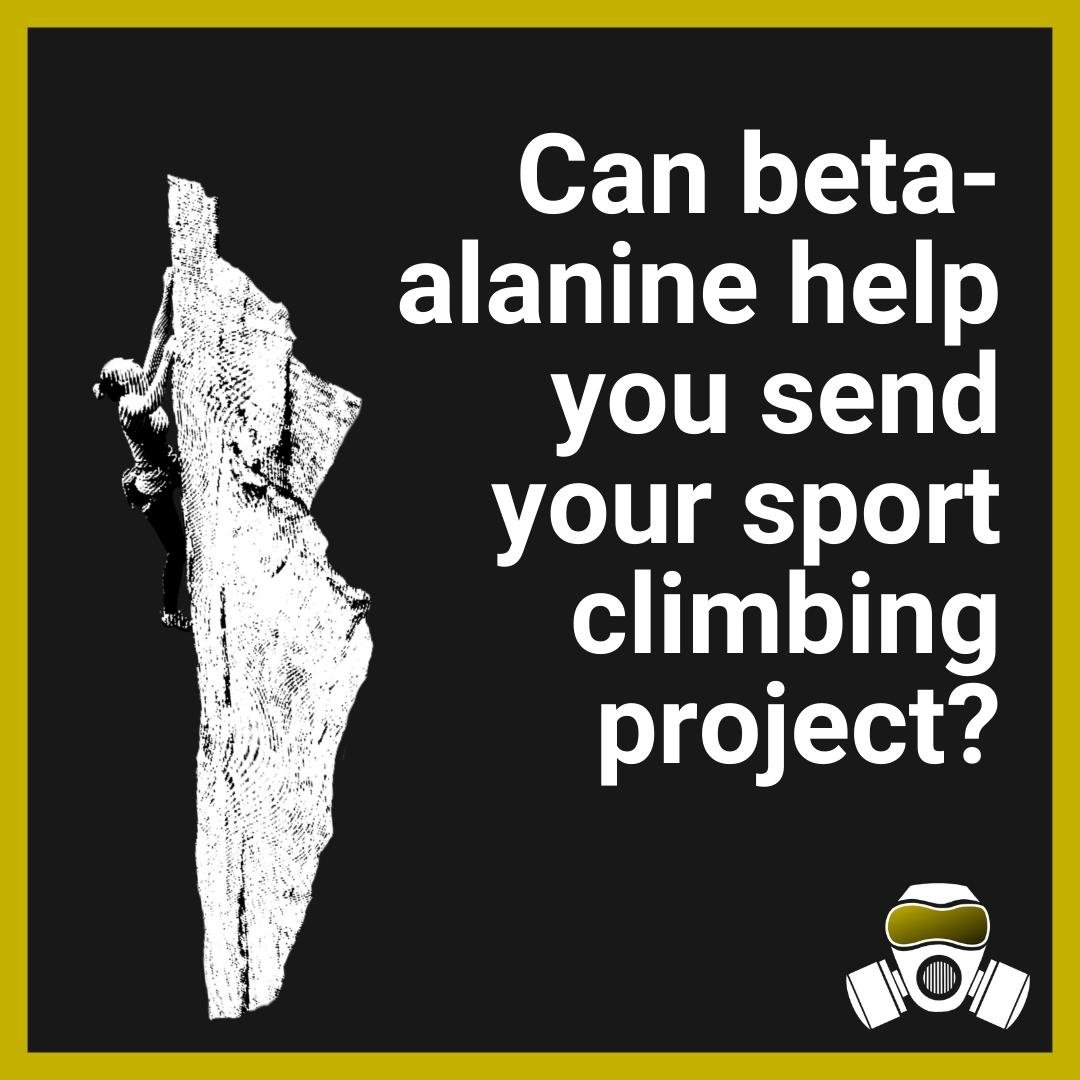
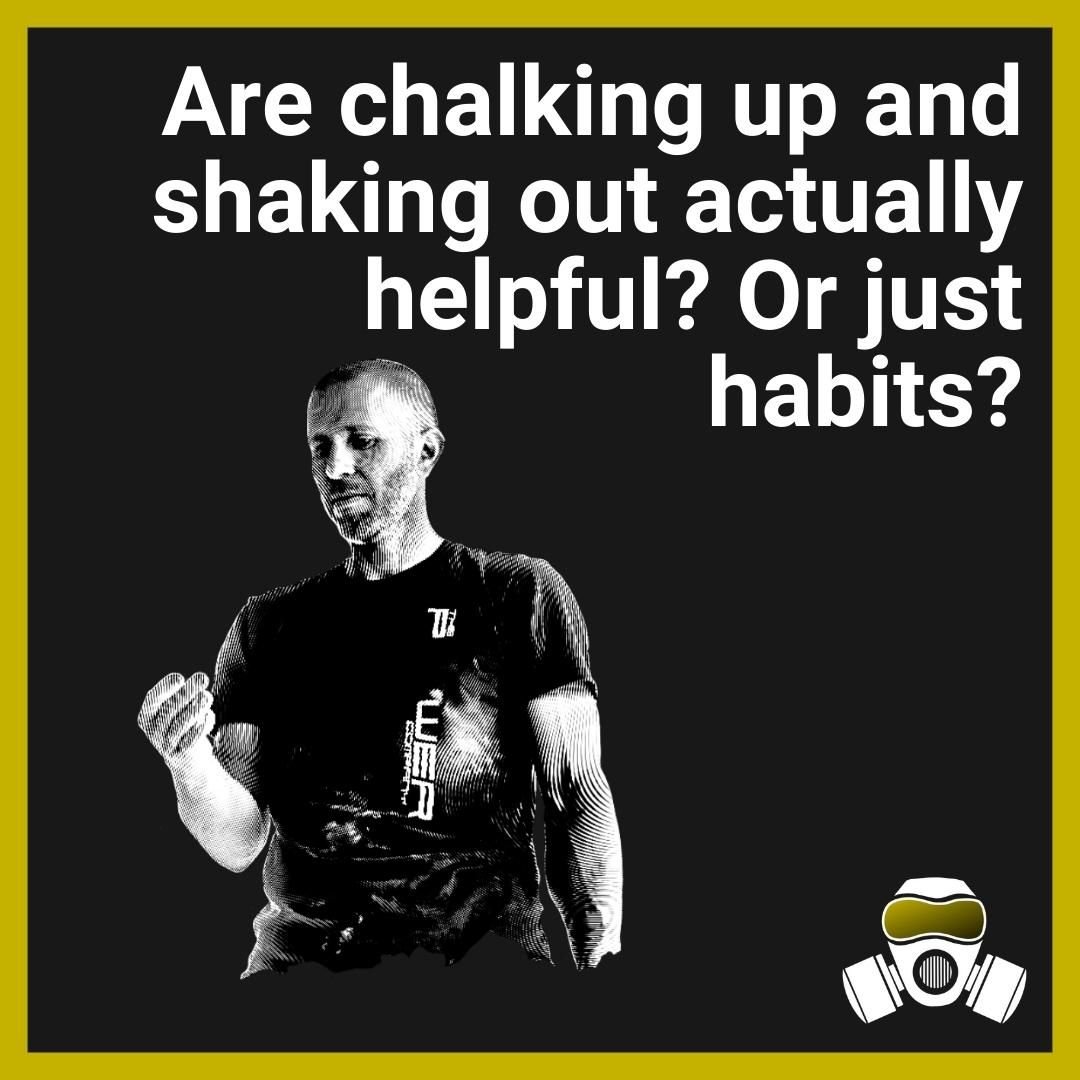
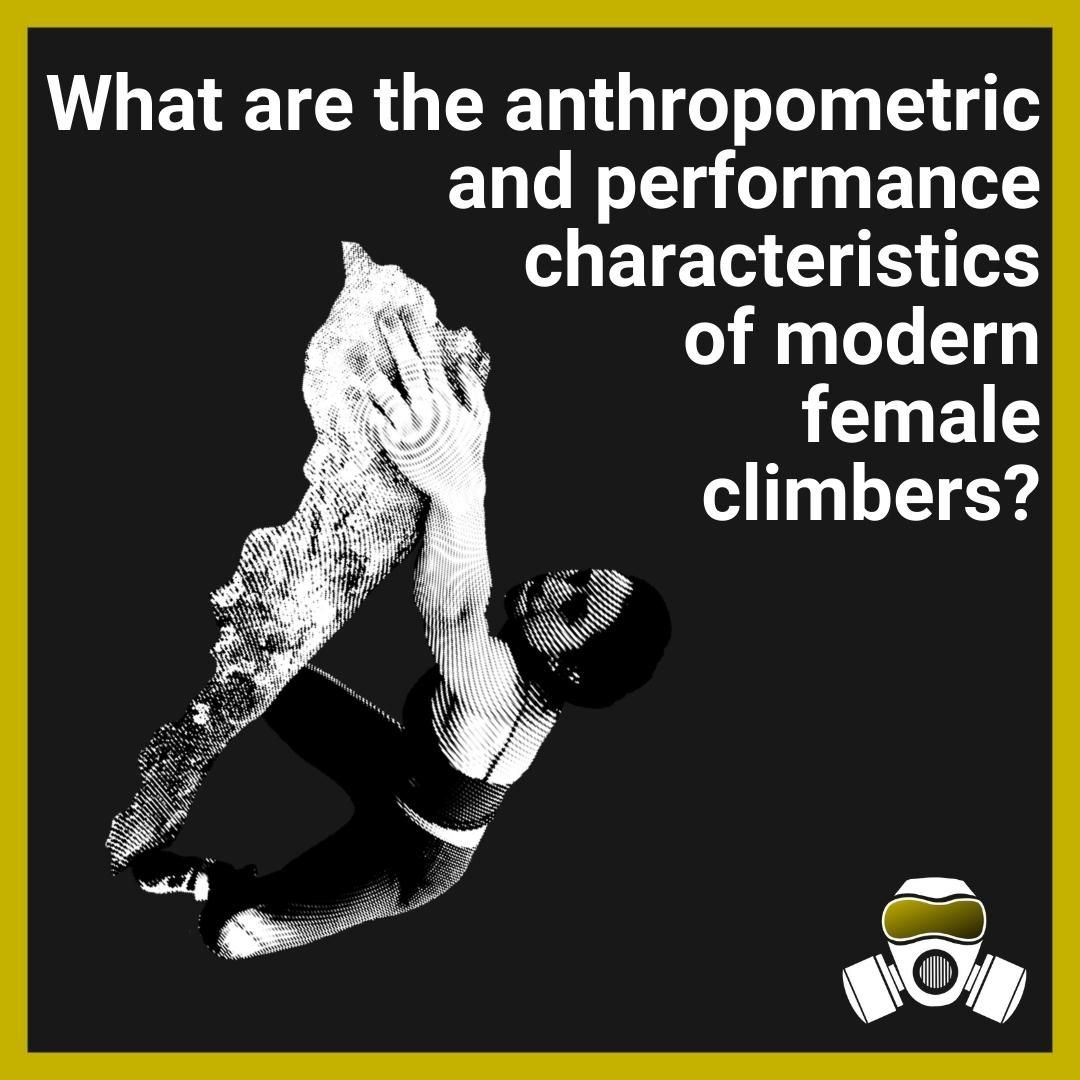


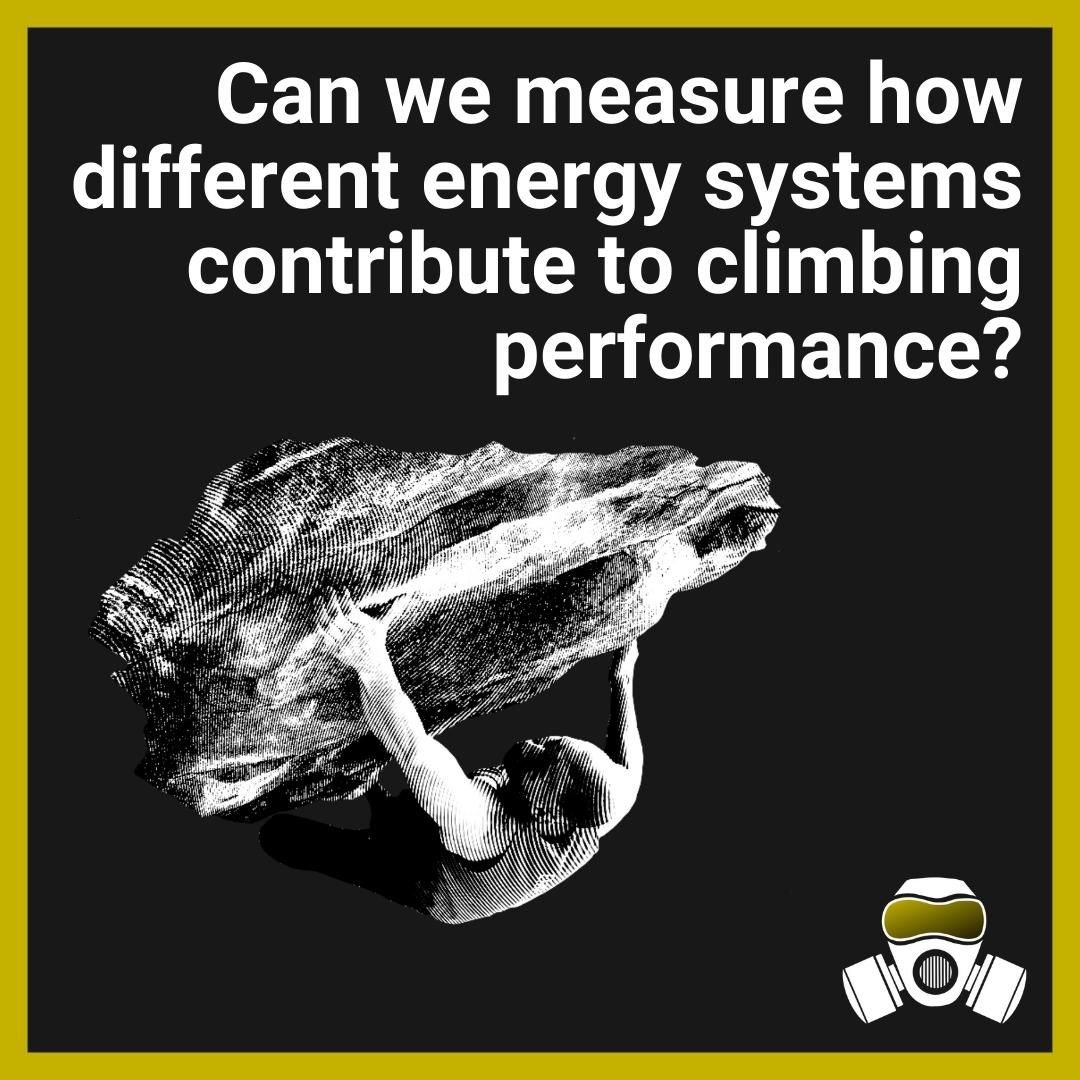
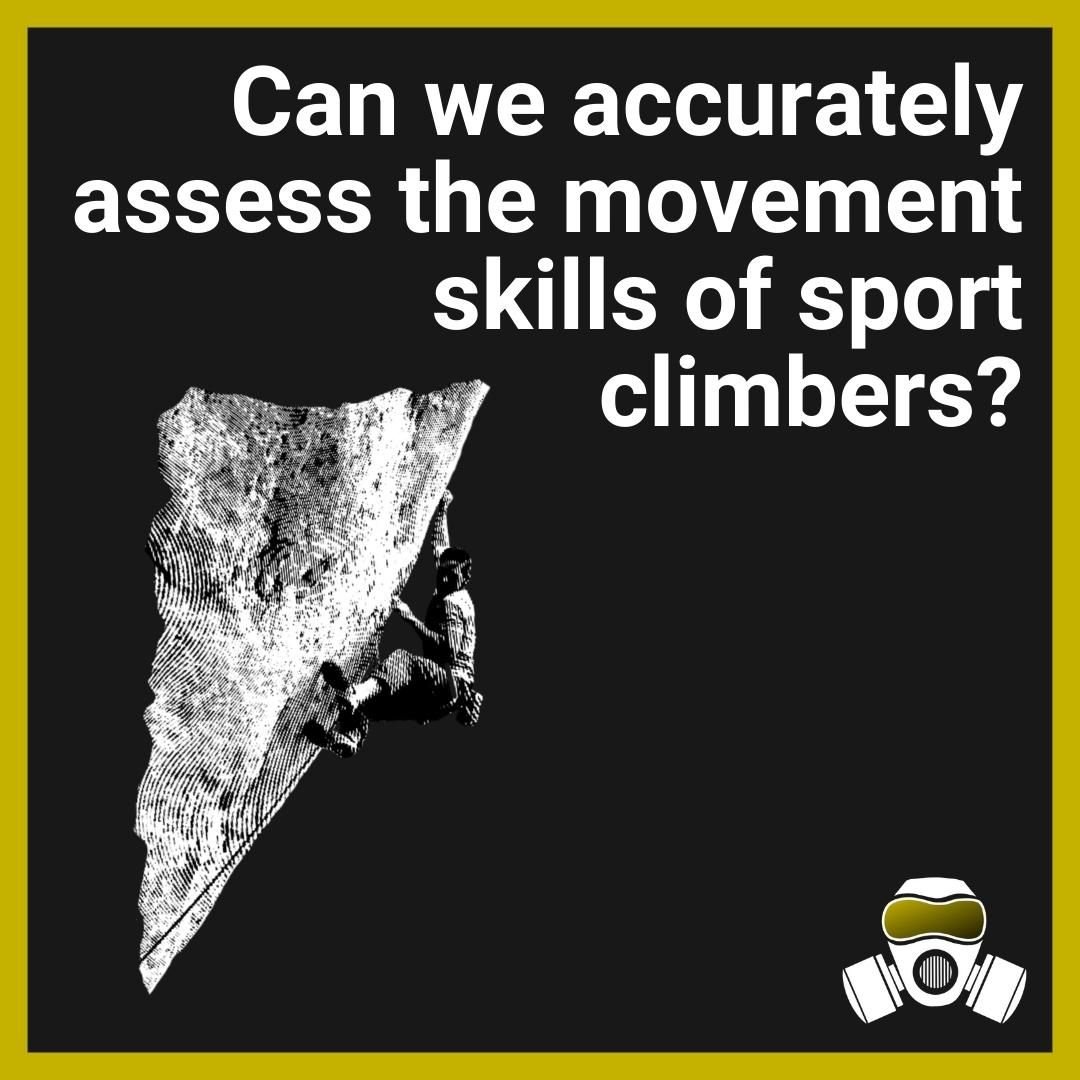
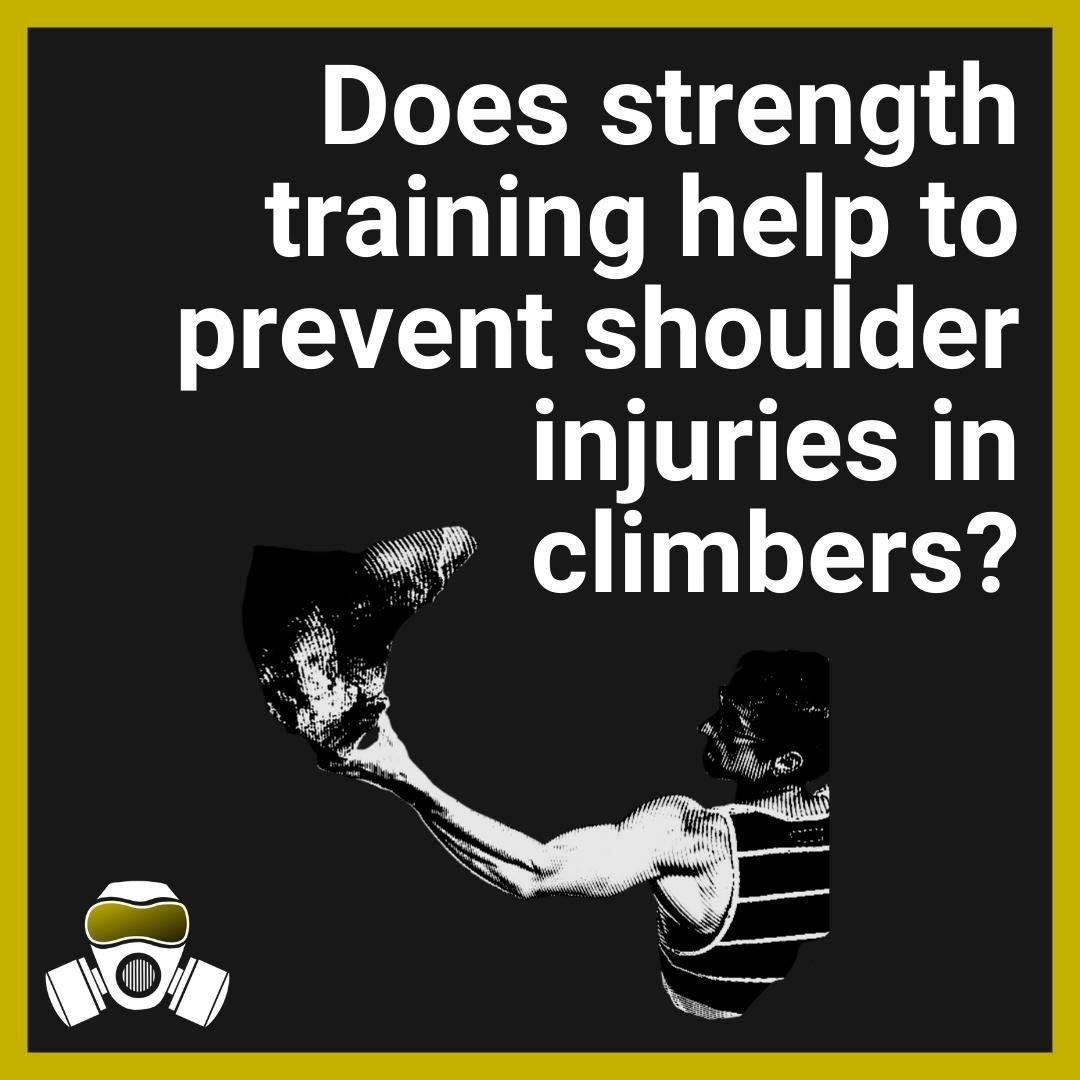









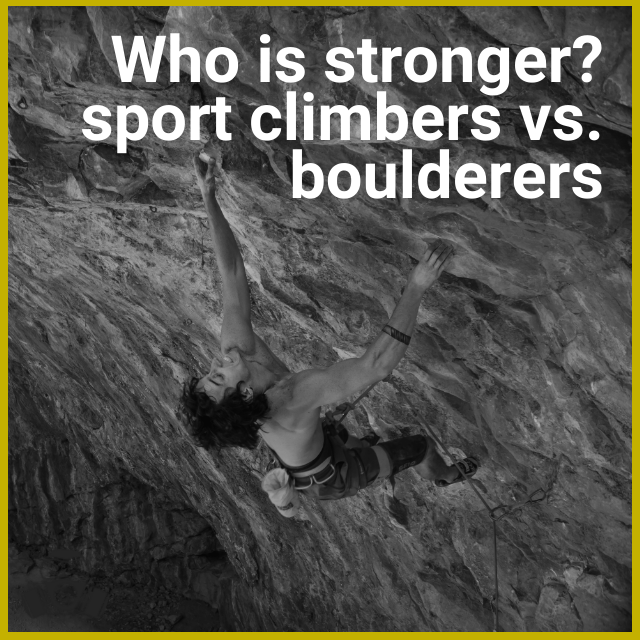

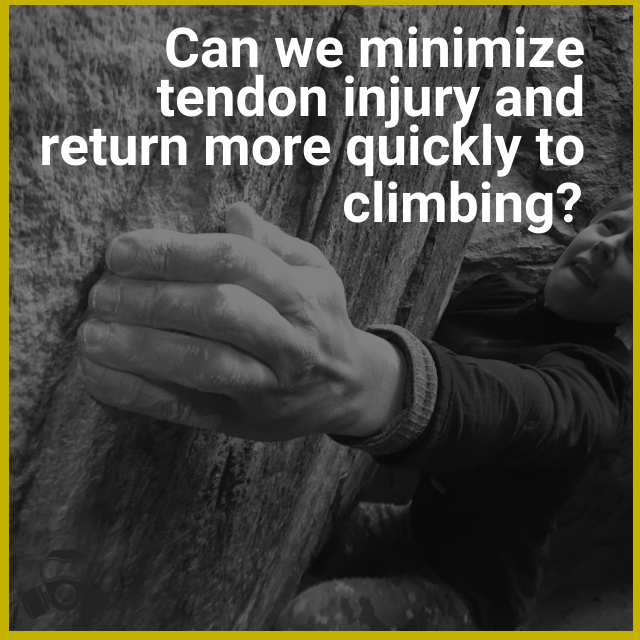
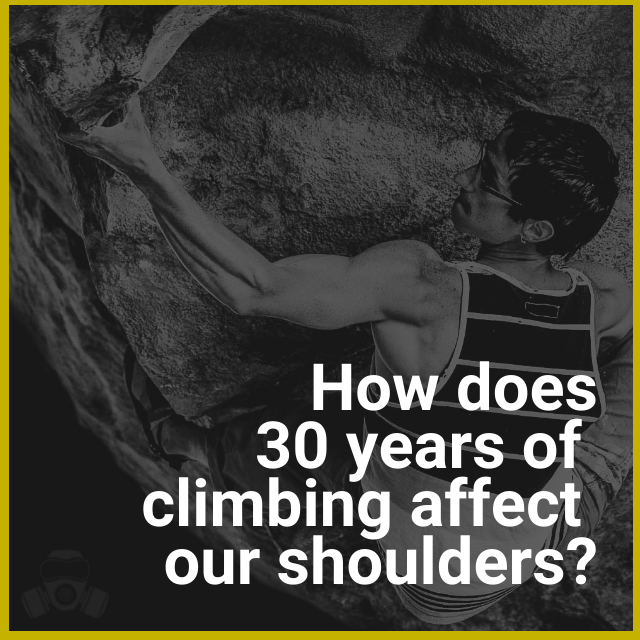

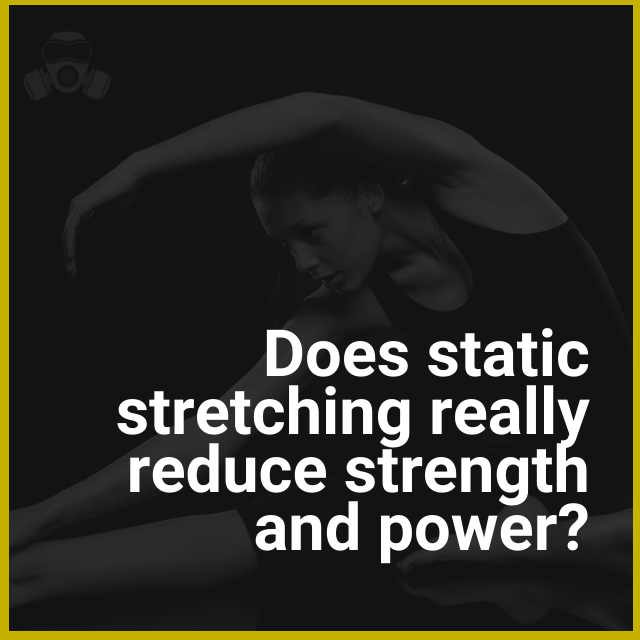





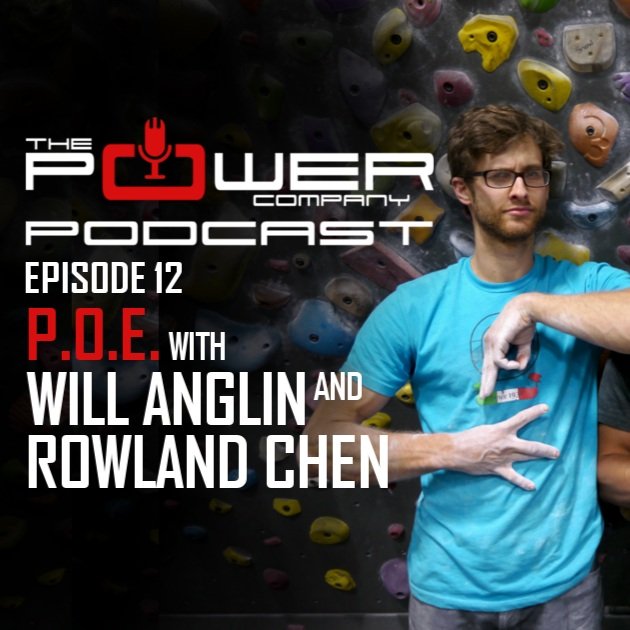
Explaining the science and calling out the misinterpretations.